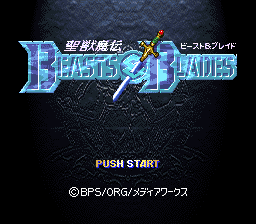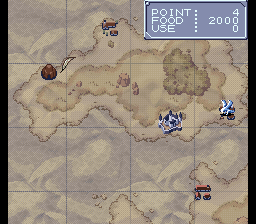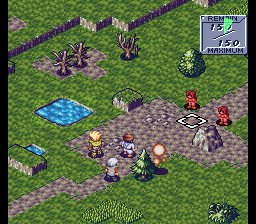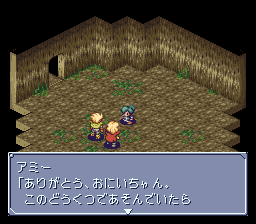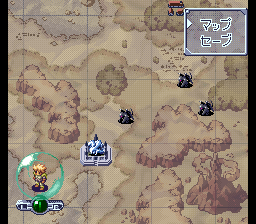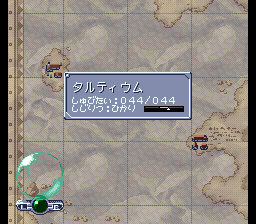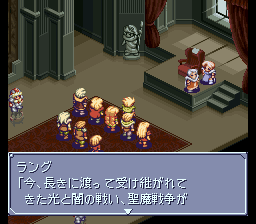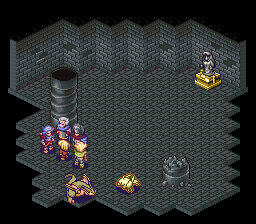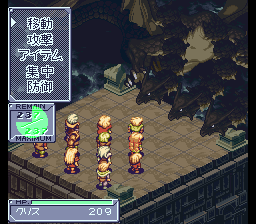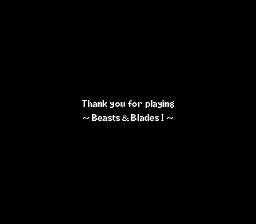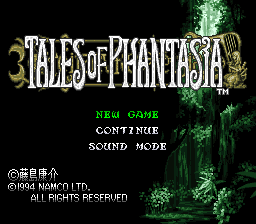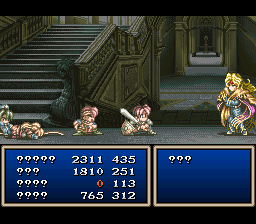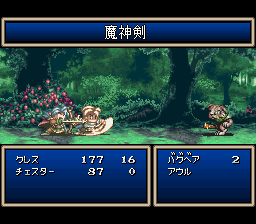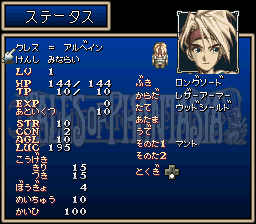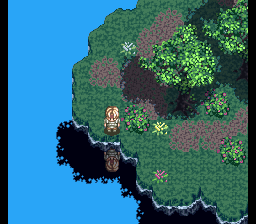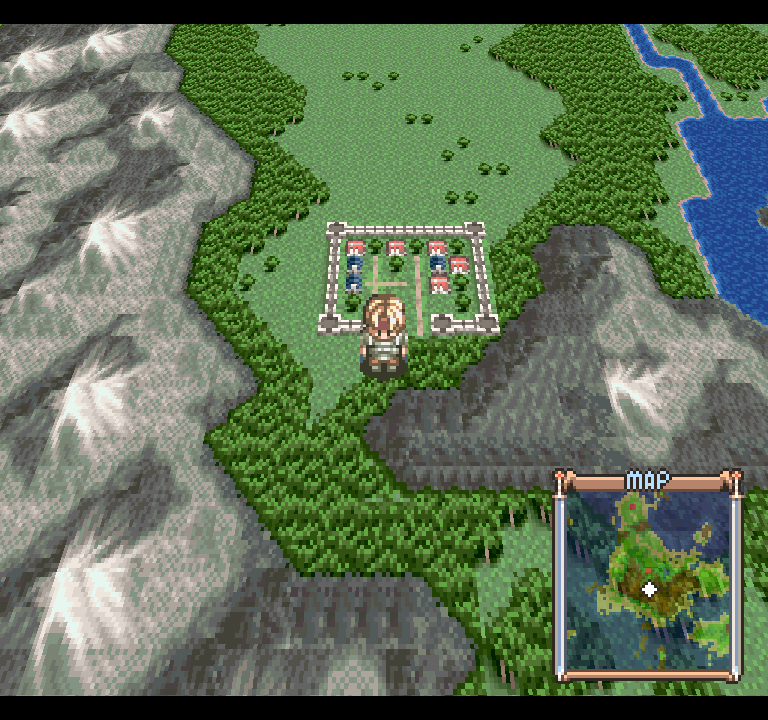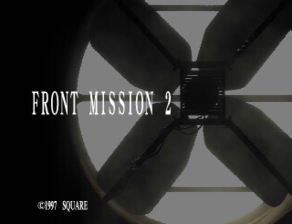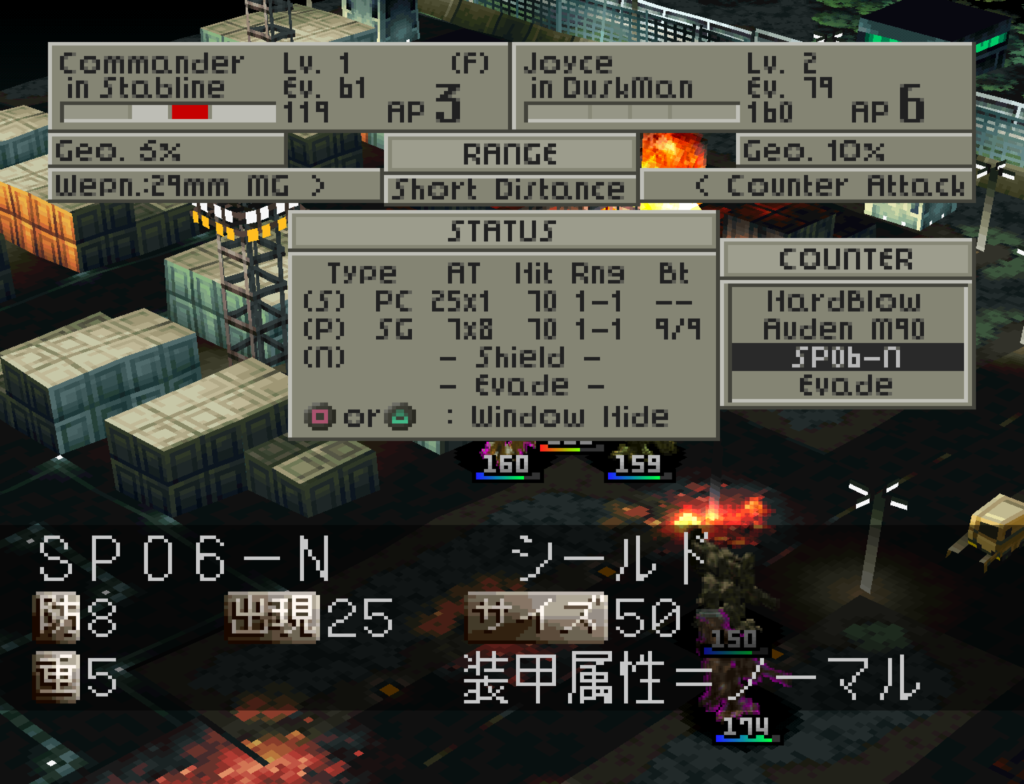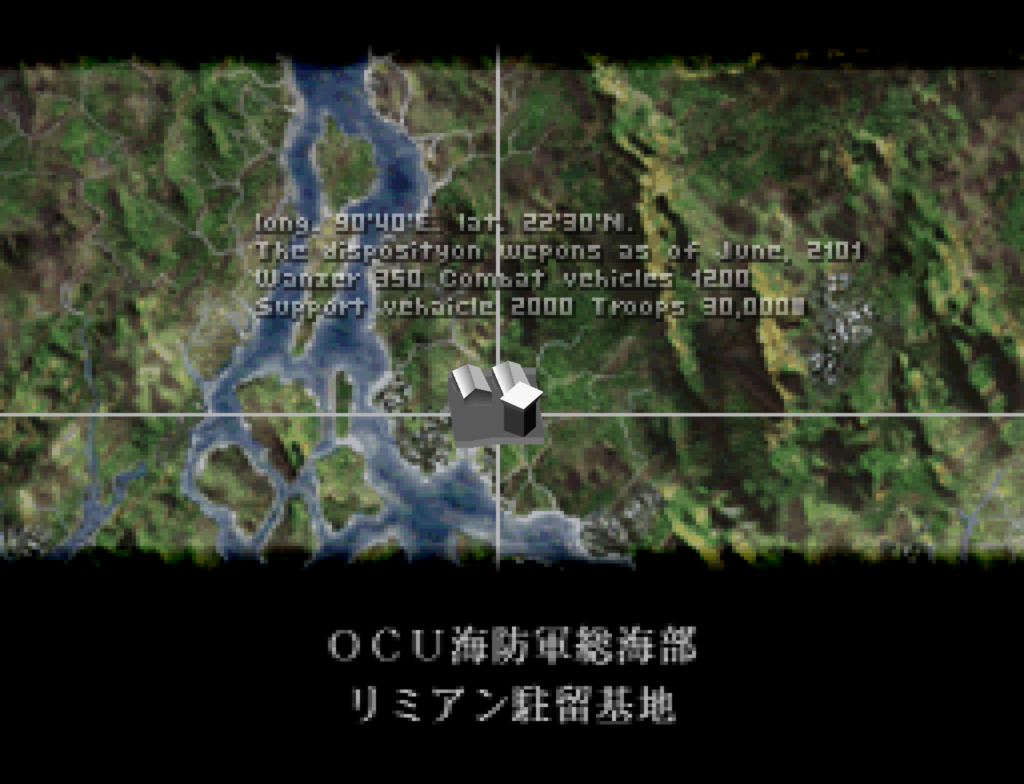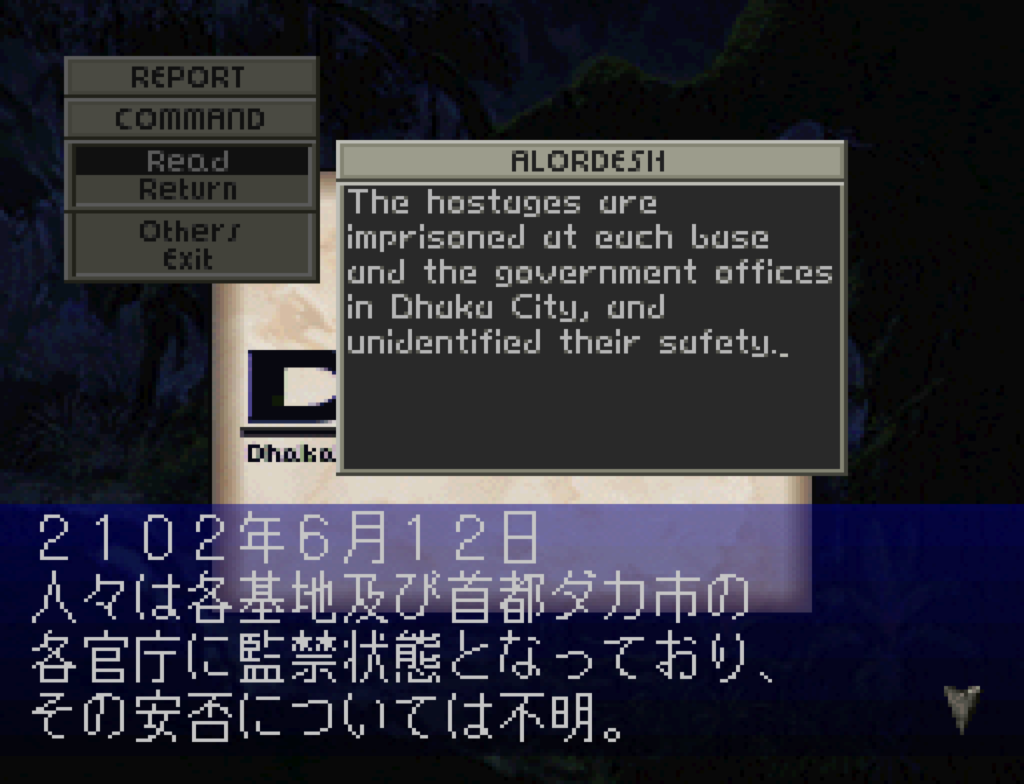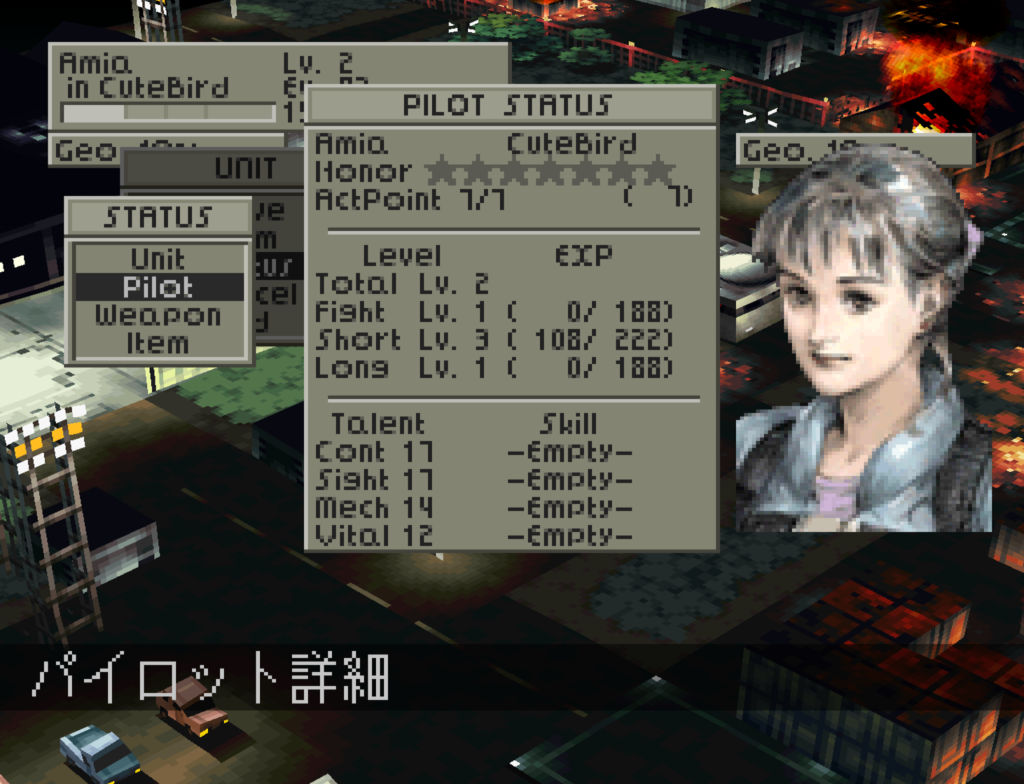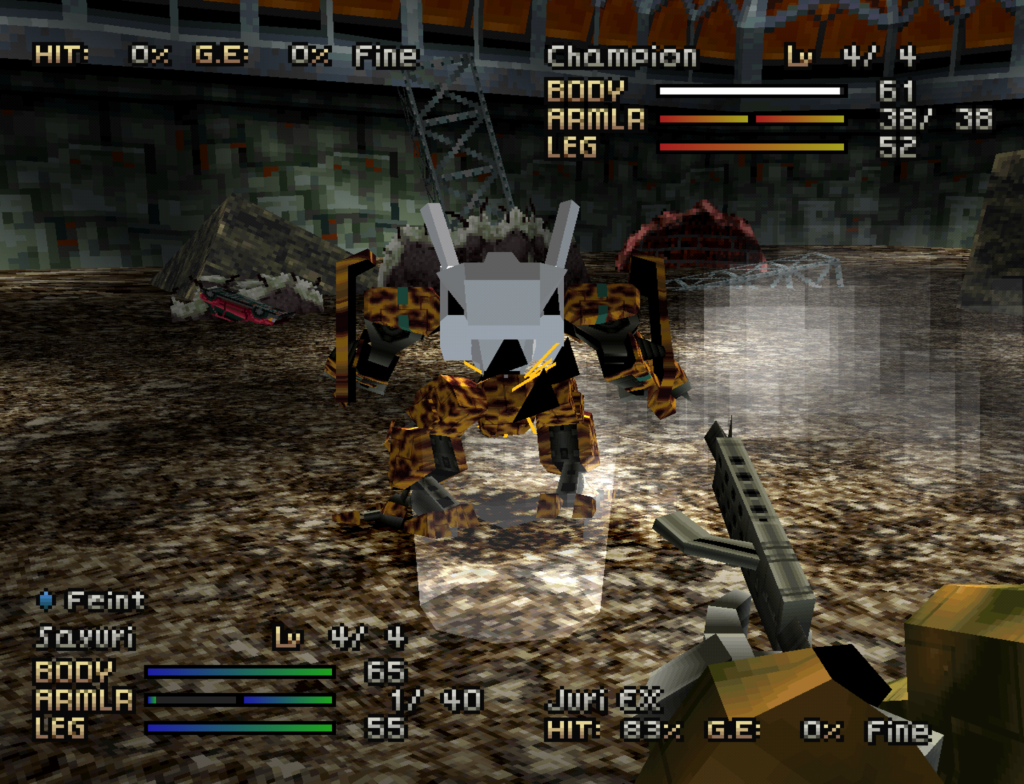Mouri Motonari – Chikai no Sanshi (毛利元就 誓いの三矢), developed by Koei, released 10/12/1997 [Saturn version]
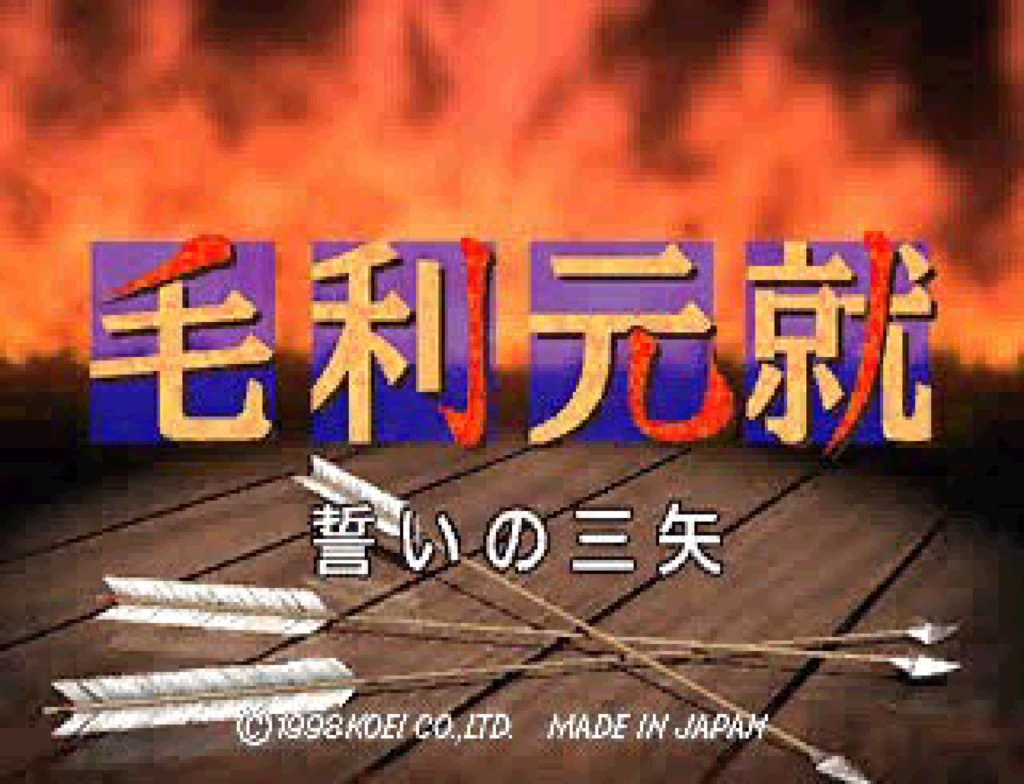
This is the third game in Koei’s Eiketsuden series, after Sangokushi Eiketsuden and Sangokushi Koumeiden, both of which I played earlier. This game moves the action from the Three Kingdoms period of China to the Sengoku period of Japan (15th and 16th centuries). The settings are similar in that you have a lot of local warlords attempting to extend their own territory, and a lot of shifting alliances, betrayals, and such. It also has a strong pop culture presence with the various warlords. Like the first two games, this was originally released for computers and then ported to consoles (in this case Playstation and Saturn — from what I can tell, the Saturn and PS versions are identical).
Mouri Motonari is known for being a calculating, intelligent, and perhaps ruthless warlord who expanded his territory from a tiny province. He’s a bit like Liu Bei in that he had a lot of initial success, but suffered some later setbacks and then died of illness before the end of the war. As with the previous games, the last third of this game is a “what if” scenario where Motonari struggles through and unifies Japan, defeating Tokugawa Ieyasu and Hideyoshi (who were the historical victors of the conflict). Unlike the previous games, there are no alternate scenarios here — there’s no “bad” historical ending, just one path through the the game. The title “Pledge of the three arrows” refers to a possibly apocryphal story in which Motonari shows his three sons that three single arrows are easy to break, but a bundle of three arrows cannot be broken.
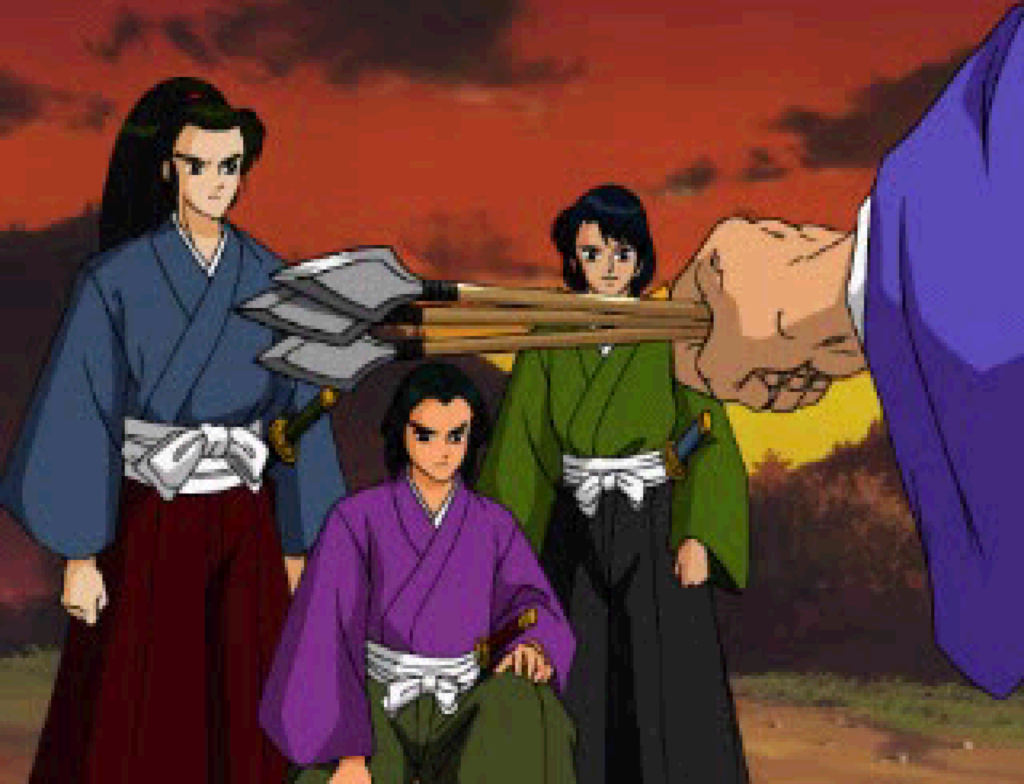
Because of the nature of the story I’m not going to do a summary; like the first two games there are just too many names and the constantly shifting alliances and events are complicated. You can read the Mouri Motonari wikipedia article to see a basic summary of the game at least for the first two parts, as well as the Sengoku article for a historical background. The basic idea is that Motonari grows his power from a small local clan to a major player in the Sengoku period (and in the game, at least, eventually unifies Japan). He does this through a combination of alliances, marriages, and warfare.
The gameplay in the battles is a slightly refined version of the system in the first two games. Because of the time period, there are now guns and cannon units. The biggest change is that different weapons have different attack ranges even within a category — for instance, there are at least three ranges that a spear can have. A big part of the strategy in the game is to have a variety of weapon types so that you can attack enemies from places they can’t counter. There are a lot more villages and mines on the map that you can visit for resources and items. Units also get a bonus from standing next to Motonari himself, or a tactician — I don’t remember if that was the case in previous games.
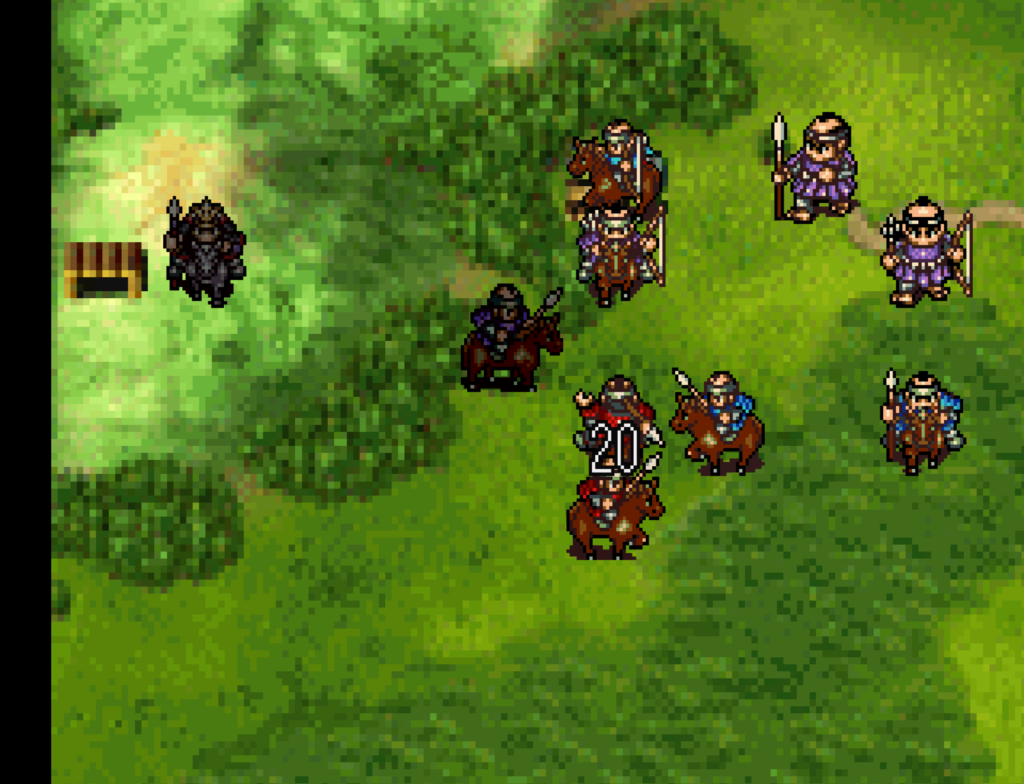
What is quite different is the pre-battle stuff. You can visit various buildings in the castles and towns you have control over, and talk to people, buy things, and such. You can also train your characters who are behind in levels (a nice feature), and craft items. All of this takes a really long time, especially if you aren’t looking at a guide and actually talking to every single person.
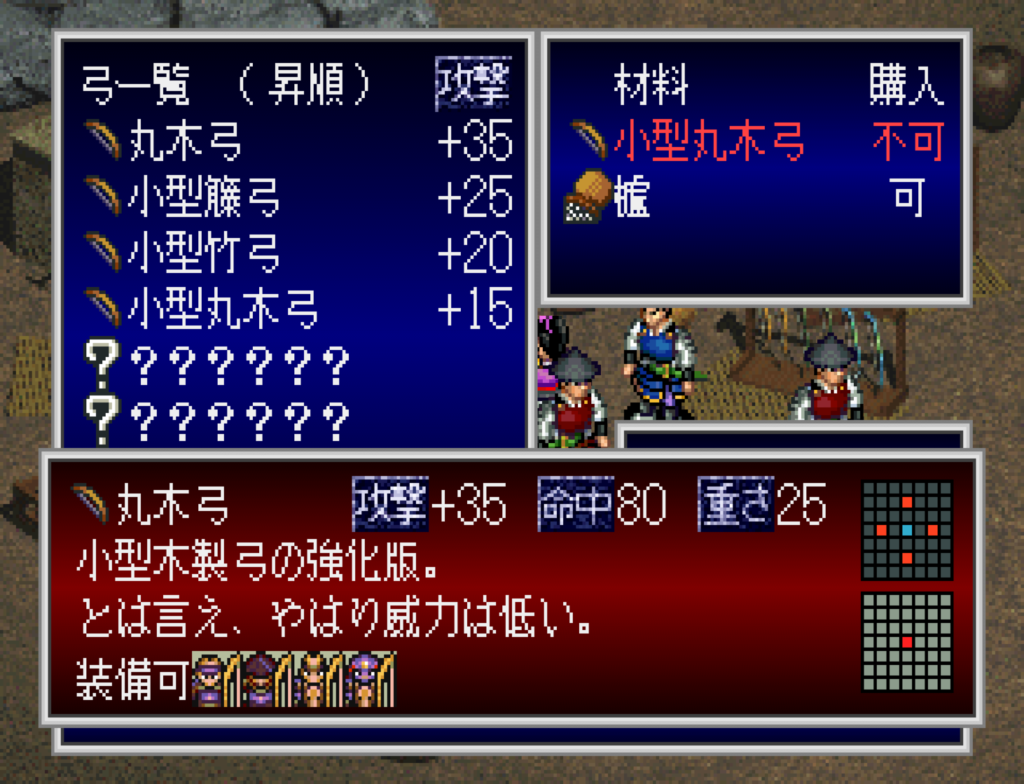
The item crafting is the major way you get new items and equipment (you can also buy them at stores). You hire craftsmen from the towns and then level them up by crafting items. Some of the resources you need to make the items you can buy, others you cannot. I’m not completely sure what having multiple craftsmen of the same type does; maybe there’s a maximum you can level up or things you can’t make, or maybe you level faster with more guys? The manual doesn’t make it clear. In any case, you can upgrade your weapons pretty easily early in the game, and also get money by selling the things you make in town for more than the materials are worth.
I’ve played the first 12 battles so far out of 29; this is a rather long game and it may take me another 2 weeks or so to finish. This is “part one” of the game that covers from Motonari’s youth up to to the Battle of Miyajima in 1555. Some notes on a few of the stages:
Battle 7 has you trying to escape. You might be able to kill all the units here if you really work at it but I just followed the story and sacrificed most of my troops to secure Motonari’s exit from the map.
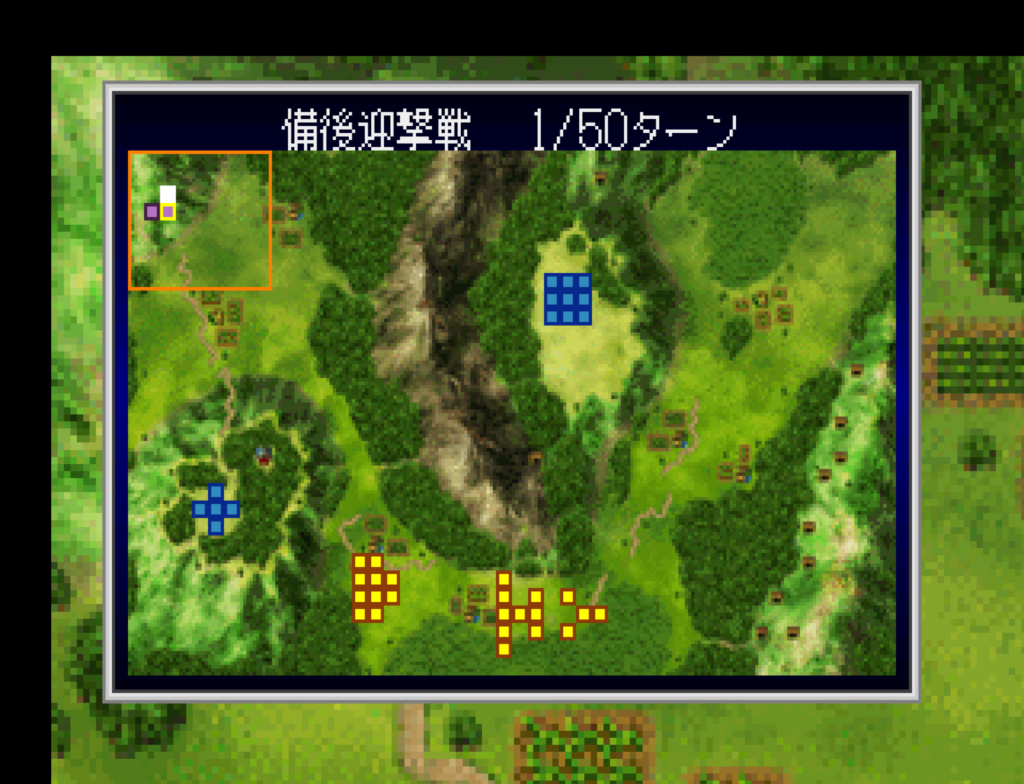
Battle 8 is tough because you really have to go fast to save the NPC characters that are guarding a fort, but on the way you also have to make sure to send some people aside to help guard a different fort. Even moving a lot of my horsemen and ninjas at top speed, I was only barely able to save the fort by sacrificing all my ninjas to draw off their attacks until enough decent units could get there to stave off the attacks.
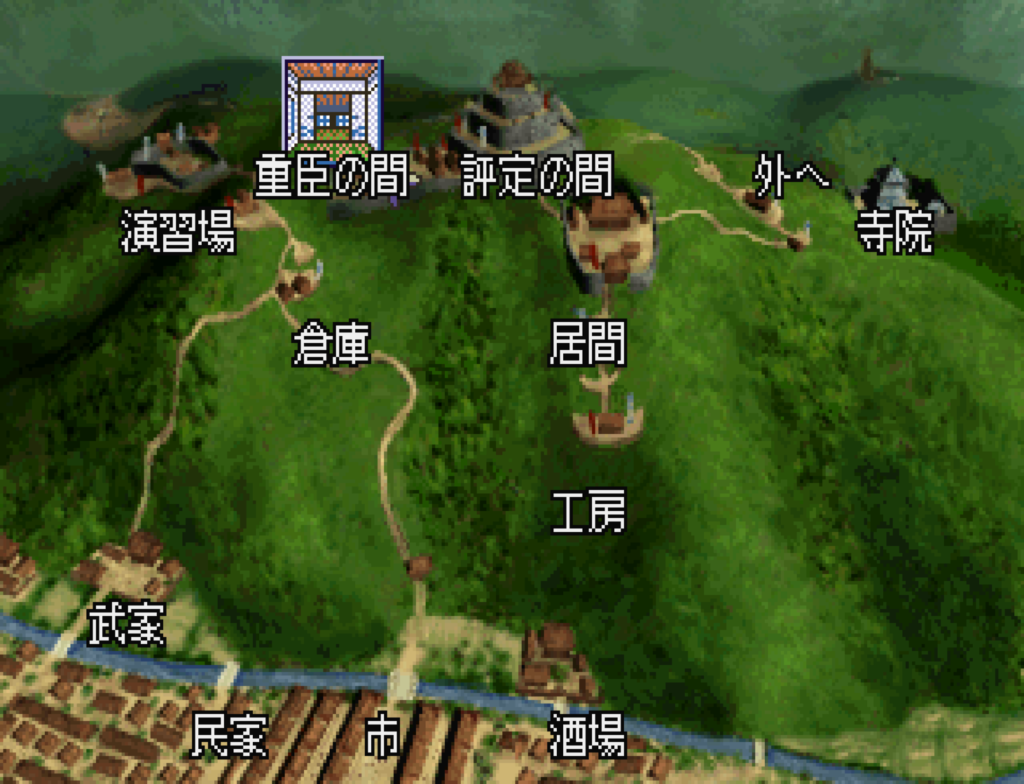
Battle 12 (Miyajima) is interesting; if you go into it straight it’s very hard, but you can do various plots beforehand to get allies or put the enemies in bad positions. The best result is to get a fleet of ships to help you kill the sea units (so they don’t reach the NE castle) and then have the Sue attacks start out on the land near Motonari.
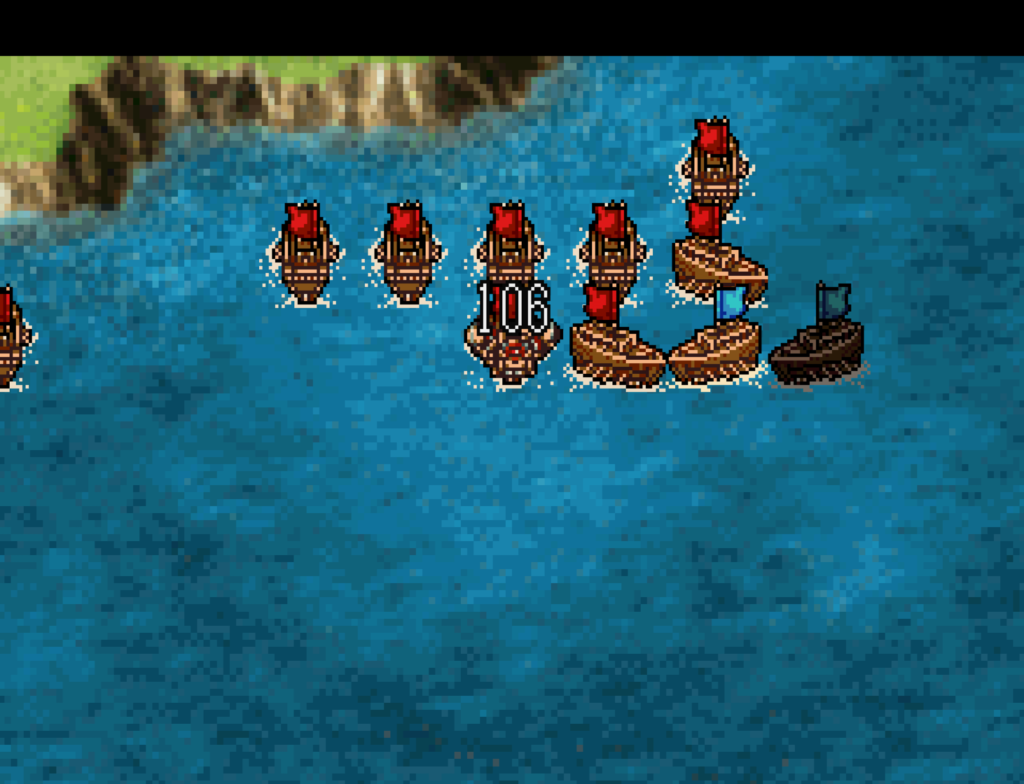
I may not want to do three posts on this game, so next week could be a filler post since I doubt I will finish the remaining stages in a week.
